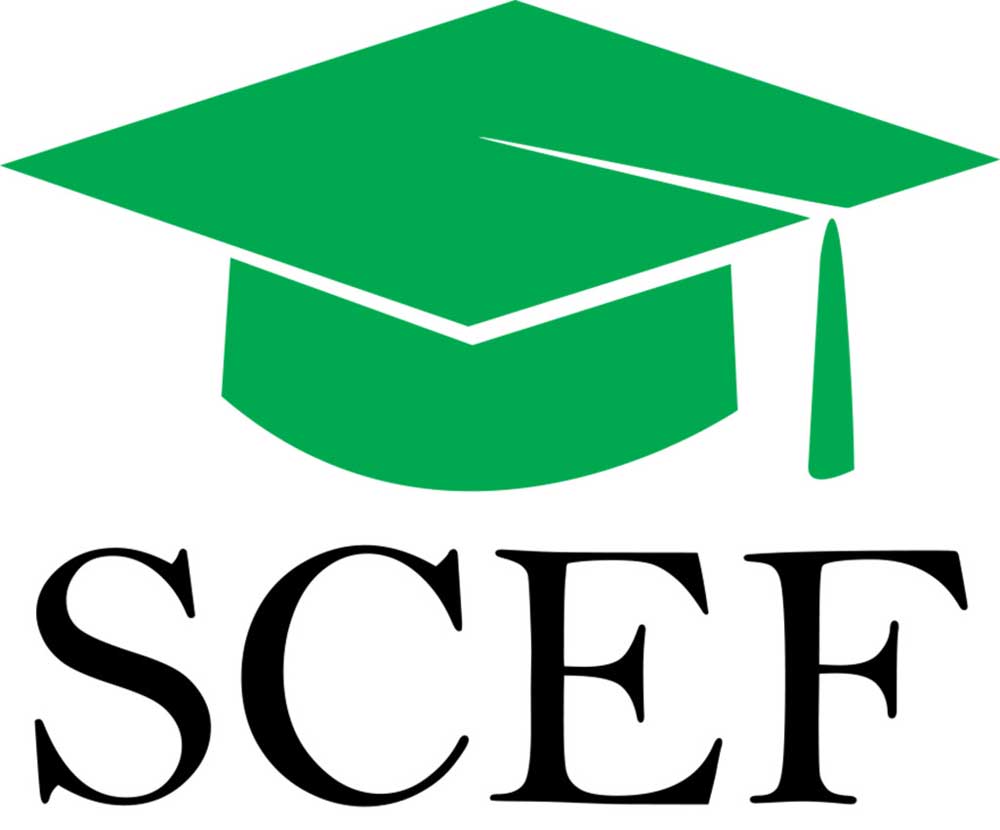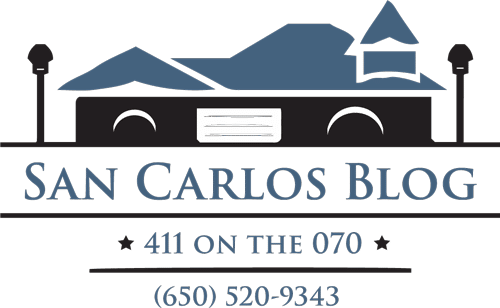
Many people understand the purpose of Proposition 13, but there seems to be a great deal of confusion on how it translates at the local level. In this instance we will look at how it affects San Carlos real estate and schools.
In 1978, the Proposition 13 Tax Amendment was officially made part of the California Constitution. In its simplest form, Prop 13 limits property tax rates to no more than 1% of the property’s full cash value. Any increases in value are capped at 2% or the percentage growth in the Consumer Price Index (CPI). For example, in 2003, the increase was 1.87%. It has been less than the 2% cap only five times in the last thirty years.
One of the most frequent concerns that I receive from San Carlos Blog readers centers on their frustration with paying high property taxes in San Carlos, yet our schools are underfunded. How is this possible?
Answer: It’s a bit confusing….but here goes….. Just prior to Proposition 13 going into effect, San Carlos was very much a blue-collar town in south San Mateo County. As a blue-collar town, San Carlos decided that it in order to have its property taxes remain as low as possible, the portion or percentage of property taxes which were to be earmarked for our schools was to be relatively low, compared to other cities and districts. When Prop 13 became law in 1978, it essentially froze the disbursement rates that cities were using for determining the share of property taxes to be used for its schools. San Carlos was frozen at a relatively low portion or percentage of its property taxes going to the San Carlos School District. This rate has never changed, thus it has been incredibly difficult for our schools to keep up, financially. Further, it is legally impossible for San Carlos and cities similar to San Carlos to change their disbursement percentage from pre-1978. However unfair this may seem, it’s a reality that our district has had to deal with for the past 30 years.
At the same time as the implementation of Prop 13, a very famous California Supreme Court case was decided. The final ruling in Serrano v. Priest, stated that the State of California had an obligation to equalize the disparities in the funding of California School districts. The result was a political compromise. Essentially, the all school districts in California were given a choice: (1) districts with very high property taxes could opt to be self-funding from their property taxes, with very little help from Sacramento (as long as they could prove viability); or (2) districts could agree to essentially forego the heavy dependency on their local property taxes and join the revenue stream from the state budget. Almost all of the districts opted to be a part of the state budget to secure a minimum level of funding each and every year. In fact, out of the 1,000 plus school districts in California, only 65 went with choice #1, and became what is referred to as Basic Aid Districts . One such district which decided to become a Basic Aid District is the Palo Alto Unified School District. Obviously, this proved to be a very good move for Palo Alto.
Given this information it now becomes clear that an increase in property tax revenue does not translate to more money for our San Carlos schools. While in Basic Aid Districts the increase in property taxes would most likely translate to more money for schools. It is also easy to see why so many are asking to either repeal Proposition 13 or build in an amendment which would give cities and districts some more flexibility in positioning themselves to maximize the property tax revenue percentages going to their local schools.
The current funds allotted to San Carlos schools have not been enough to cover all of their needs. This is the reason the San Carlos Educational Foundation was created and the reason for our current parcel tax was passed in 2003. It is also the reason that Measure S will appear on the ballot in November. Essentially, Measure S will increase the current parcel tax by $75 a year. To read more about Measure S on the San Carlos Blog click here. To be taken to the Measure S site, click here. I want to thank San Carlos School Board Members Mark Olbert and Seth Rosenblatt who have taken time out of their busy schedules to answer my questions regarding this topic.
PROP 13: Understanding How it Affects San Carlos Schools
September 9, 2008
2008-2025 SCEF Diamond Sponsor
 Since 2008 I am proud to have donated auction items and cash totaling $300,000 to the San Carlos Education Foundation.
Since 2008 I am proud to have donated auction items and cash totaling $300,000 to the San Carlos Education Foundation.Subscribe
Get it straight from the top! Bob Bredel is the #1 Realtor for total San Carlos sales volume 2008-2025. Never miss out on San Carlos news by getting our blog in your inbox. As an added bonus, receive quarterly real estate market reports.
Ask Bob Bredel
-

Contact
Bob Bredel
650-520-9343
bob@bredelhomes.comAddress
Christie’s International Real Estate Sereno
662 Laurel Street, Suite A
San Carlos, California 94070Subscribe
Subscribe to receive notifications when new posts are added to the San Carlos Blog.



11 Comments
Great post, thanks!
Is this why we give 7% of the property tax to San Mateo Junior College? I think giving 1/3 as much to the JC as we do to the elementary schools is crazy!
JJR,
I agree 100%.
Bob
Bob,
Well done. I am wondering why this information is not more readily available. I don’t think most residents of San Carlos are aware of this. Why has the district not made this better known to San Carlos?
SC Barbara
Hi Barbara,
Thanks for your post. I think the district has tried to get the word out. At a certain point I think residents have to take the opportunity to educate themselves on certain topics such as this. All I had to do was send one email to Seth and Mark. They were more than willing to discuss the issue with me and answer all of my questions. I think as we get closer to November, you will hear much more about the effects of Prop 13 and Measure S.
Bob
SC Barbara asks a very good question. The short answer is, school districts traditionally do not focus on selling themselves and their issues. That orientation is changing, but it’s still in its early stages.
Another factor is the much reduced proportion of voters with children in school. In the 1960s — the heyday of California public education — about 2 out of every 3 voters had a child or grandchild in school. The current proportion is much lower (I believe in the 35 – 40% range), but it hit a nadir of around 30% before rebounding.
So in the past communicating with parents was a pretty good proxy for communicating with a community. Nowadays that’s not the case.
– Mark
I had to laugh when I read JJR’s comment — not because what he said was funny, although we all need to remember that community colleges are an important resource for many families in our community — but because I thought he’d really go to town if he heard some of the history of post Prop 13 property tax allocations.
So here goes.
As Bob pointed out, Prop 13 rolled back and essentially froze property taxes at the 1% of assessed value level. When this happened, there was a mad scramble to figure out how to allocate that 1% collection (prior to Prop 13 each taxing agency just got whatever taxes were approved for its property owners; there was no sharing).
The first thing that was used was a simple allocation formula: if Public Agency X received Y% of the county’s total property tax collections prior to Prop 13, they got Y% of the reduced 1% collections.
A few years after this was done someone noticed that the net effect was that community’s which had chosen to tax themselves less before Prop 13 were subsidizing communities that had taxes themselves more highly. As a relatively low taxed community I bet San Carlos was on the short end of that particular stick.
This was an unintended consequence of adopting that simple allocation formula. It was also a political nightmare. The State responded by crafting AB 8, which established a complicated set of formulas which, over time, were intended to fix this problem.
I once asked the County Controller’s office whether San Carlos was “still” subsidizing neighboring communities. I was told that it was a pretty difficult thing to figure out. That’s a true statement (I’ve played around with the math on it myself). But my intuition tells me there’s more than a little bit of “don’t upset any apple carts” going on, too.
Sorry to bore you all with this lengthy post. Feel free to drop me a line at mark@arcabama.com if you ever have any questions about district stuff.
– Mark
Mark,
Thanks for the further explanation. Absolutely unreal. Can we do away with the whole the system and start all over?
Sam
Will as the money from Measure S stay within San Carlos schools? What percentage of votes is needed for it to pass?
Diana
Yes, all of the money raised by Measure S will stay within the San Carlos School District, which would then exclusively benefit the seven schools in the district, covering grades K-8.
Measure S needs a two-thirds majority to pass.
Sam, personally I would love to do away with the whole AB-8 system. I don’t care for “systems” that prevent local voters from exercising control over local taxes.
Unfortunately, I don’t think anything is going to happen to change the current situation. It’s not good, but it creeks along, and most legislators don’t want to deal with the outcry that would result if they started to tinker with it.
Just out of curiousity, what did the “blue collar community” of San Carlos spend its tax money on? Not schools. Not trees. So where did the money go then?